Terra alarm alerts people before an earthquake hits
Students from Sweden's Umeå Institute of Design have created a minimal, low-cost earthquake alarm that is also a source of calm during non-destructive incidents.
Ferdinand Aichriedler, Patrick Krassnitzer and Manuel Hess created Terra for people living within the so-called Ring of Fire, the arc within the Pacific Ocean where near-continuous plate movements cause 90 per cent of the world's earthquakes.
The group wanted to create an alarm that would blend into people's homes and be affordable enough for poorer communities to access and also help to allay fear.
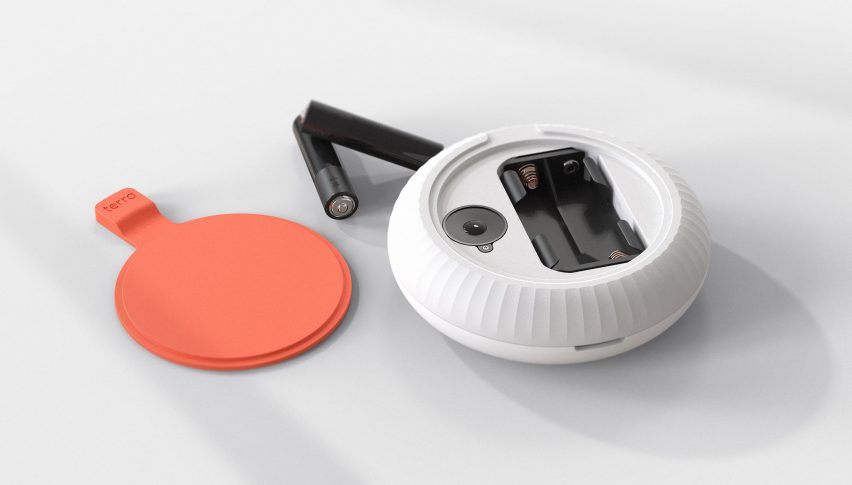
"Among different problems that people are dealing with, one common recurring issue was that the lack of information can cause constant subliminal insecurity, panic or, in the worst case, fatal decisions," said the team, who interviewed Ring of Fire residents while developing the product.
"These findings built the foundations for our concept, Terra: a device that increases awareness and reduces panic in countries vulnerable to earthquakes."
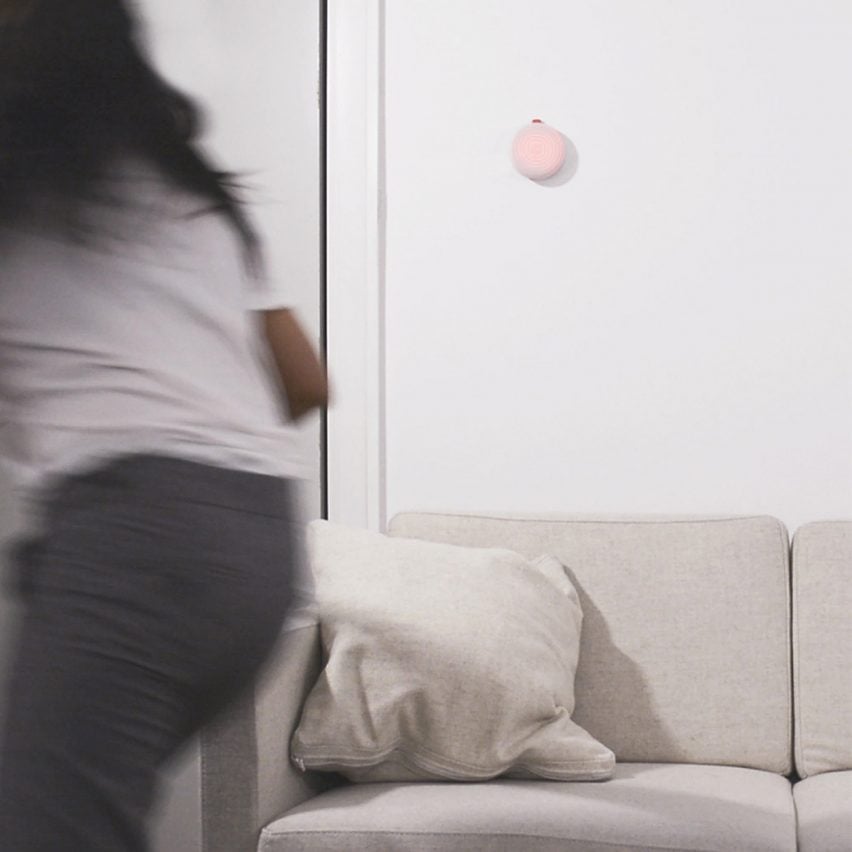
The project has been named a runner up in the Sweden James Dyson Award, which recognises the best new inventions from design and engineering students.
Terra works by responding to an earthquake's non-destructive primary waves, which travel at a higher velocity and can be detected up to 60 seconds before the destructive secondary waves arrive at the same spot.
These are picked up by seismographic institutions and sent out as warnings that Terra receives via radio signal. This creates a window where Terra can warn people that an earthquake is incoming and indicate its anticipated strength.
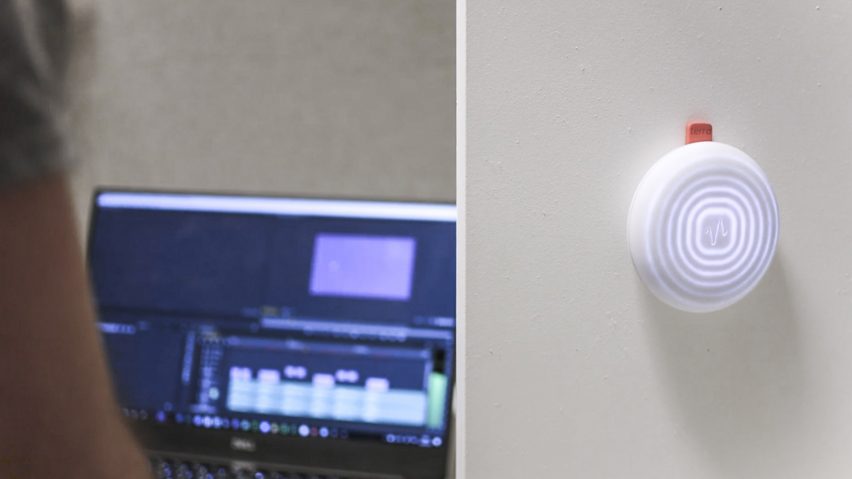
Where a potentially destructive earthquake is detected, Terra emits a loud and alarming sound — technically, a rhythmic minor chord — accompanied by red lights.
In cases where the detected earthquake is identified as non-destructive, however, it emits only a calming wave sound and slowly pulsating light.
Users are encouraged to fix the alarm next to an emergency exit, using it as part of their planning for earthquake scenarios.
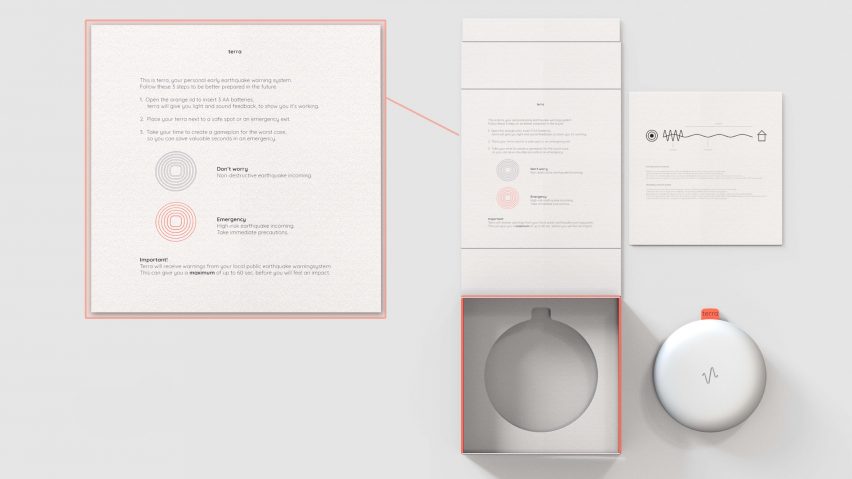
To keep production costs low, the disc-like device is made up of few parts — three injection-moulded plastic casing components plus an LED ring, printed circuit board with radio receiver and battery pad.
Aichriedler, Krassnitzer and Hess — all students of the Umeå Institute for Design at Umeå University — hope to run a crowdfunding campaign for the product in the near future.
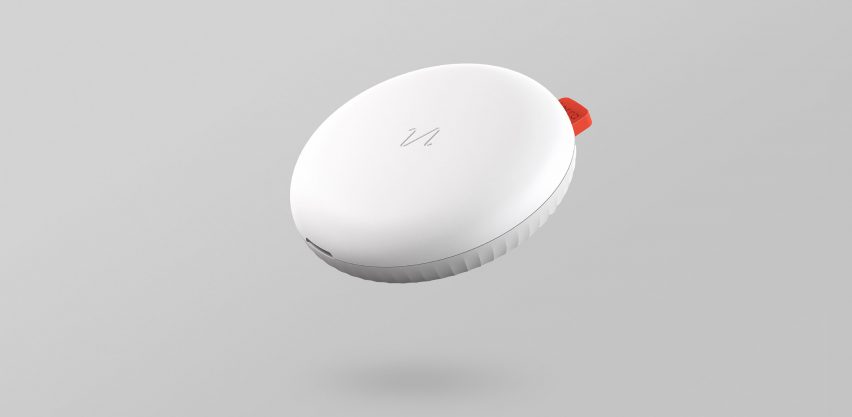
Terra was commended in 2018's Core77 Design Awards as well as the Swedish heats of the James Dyson Award.
British inventor James Dyson – famous for his vacuum cleaners – will pick the grand prize winner from the international finalists on 15 November.
Other projects recognised by the awards this year include the O-Wind Turbine for energy harvesting in cities and the Bermuda seawater purifier for emergencies and disasters.